Leave it to JA Sterling in her spare time to find this beauty:
The sword shown above (Sword 21 in the database) was for sale on an auction website in 2013. The description on the website can be translated as follows:
"Model of Roman Dagger, XX Century. Iron with green patina, with a figure of a warrior on the hilt. Length: 67 centimeters"
That description and the single photo is all we have. It's not clear how detailed the Hercules is or if maybe he's "thinner" Hercules (maybe sign of an older model?). The blade shape is obviously different, and the central rib is a feature we haven't seen anywhere else. Assuming the reported length is correct, this is the longest Fake Hercules Sword we know about. The description of "iron with green patina" is curious.
I'm looking forward to hear everybody's opinions about it.
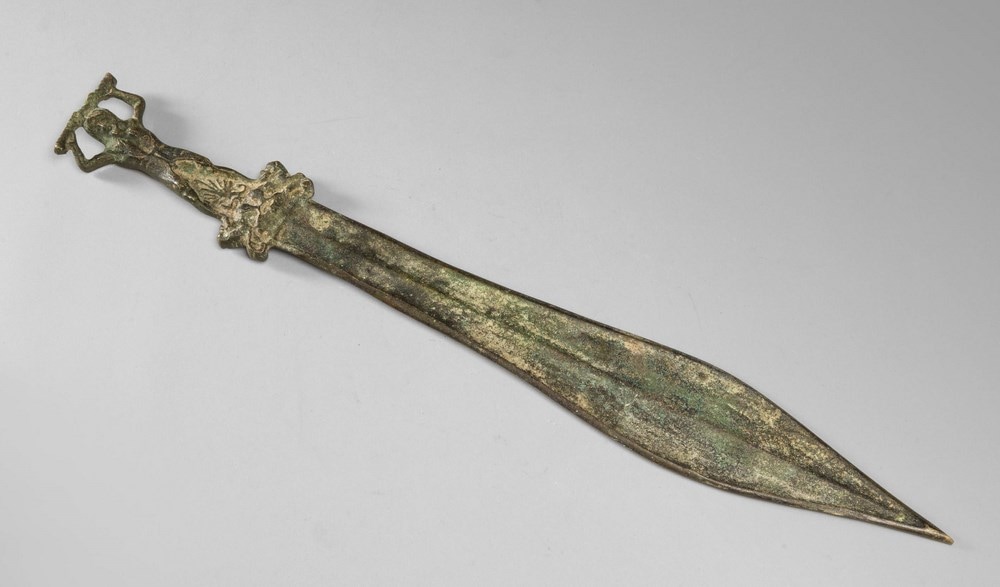

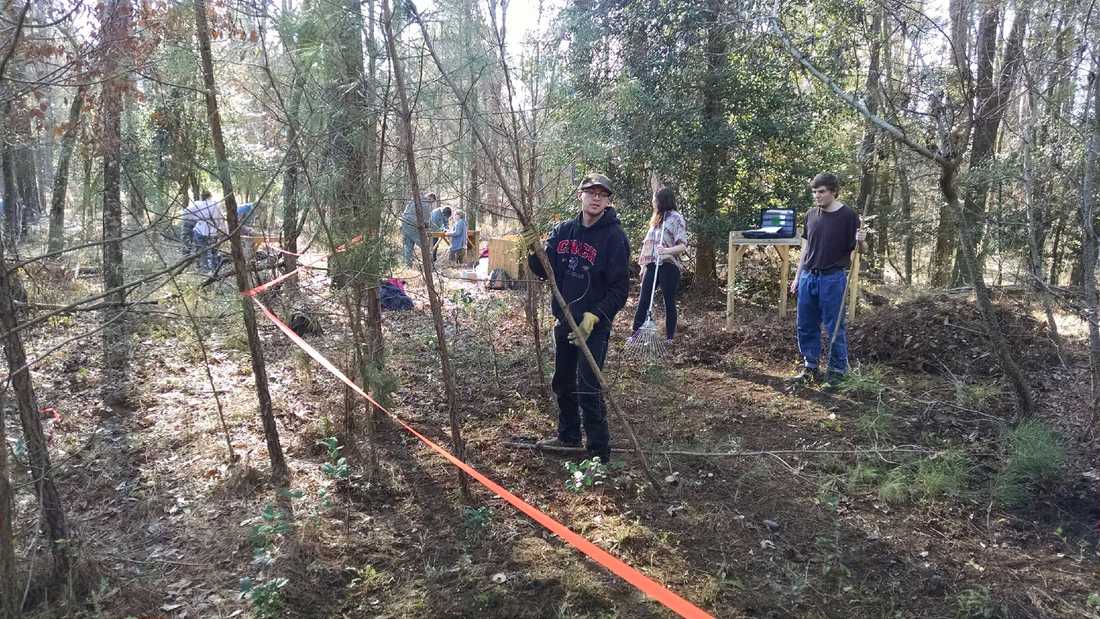
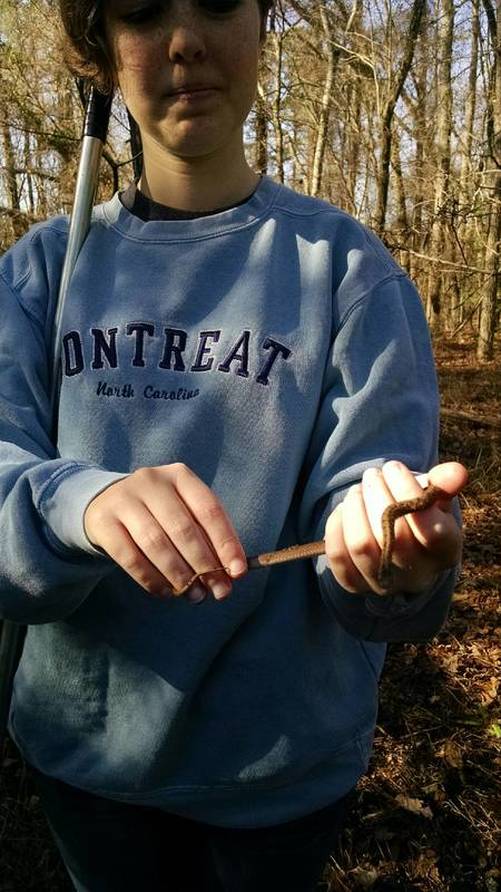
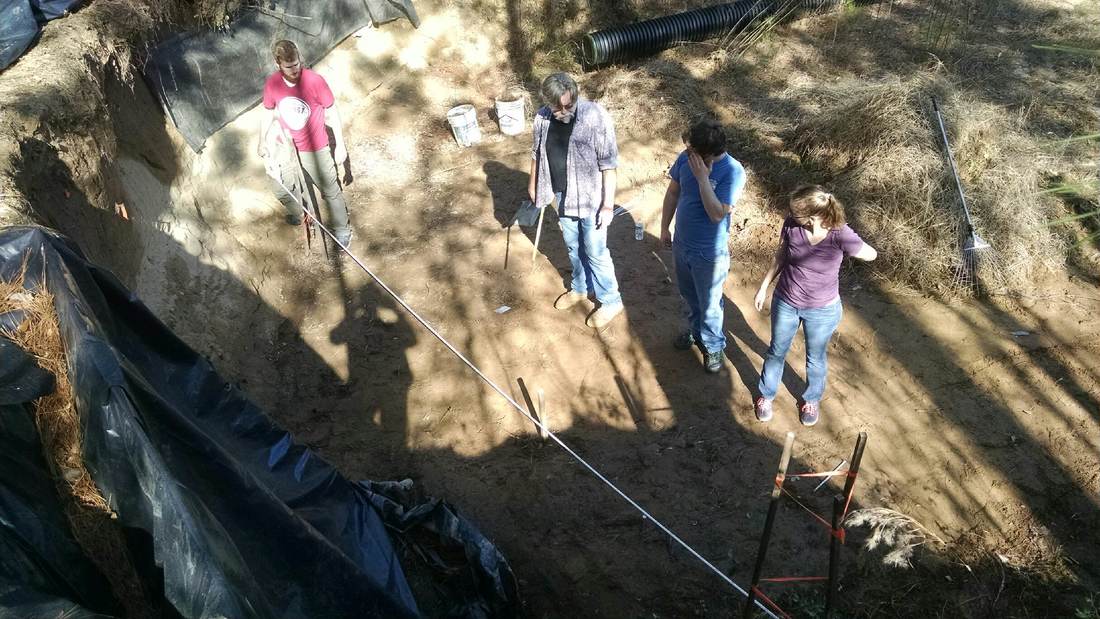
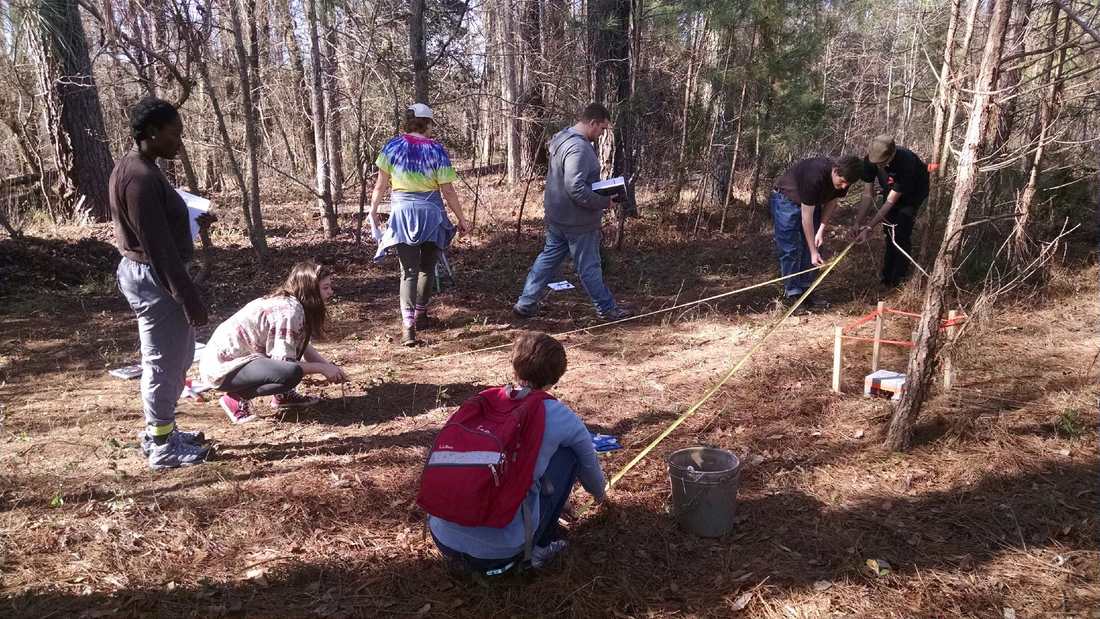
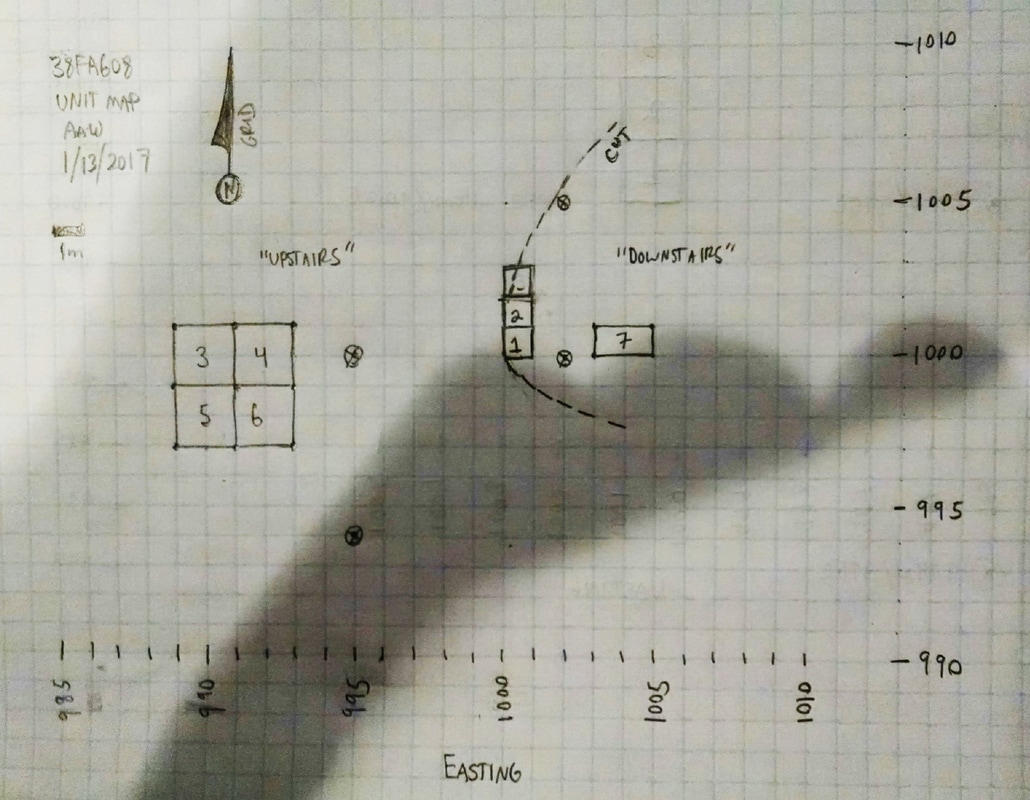
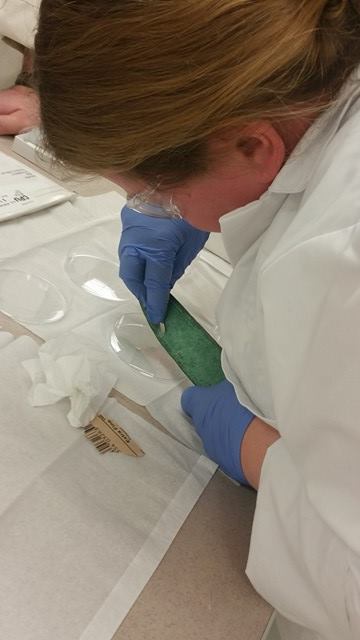
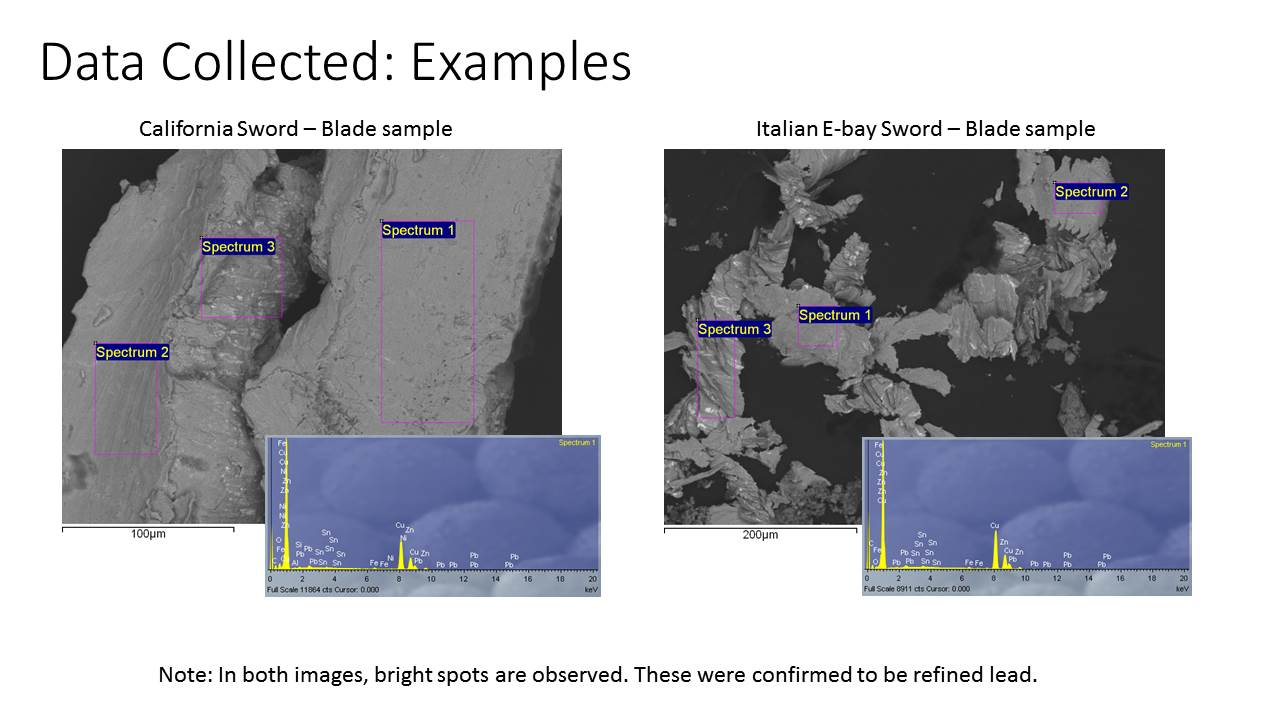
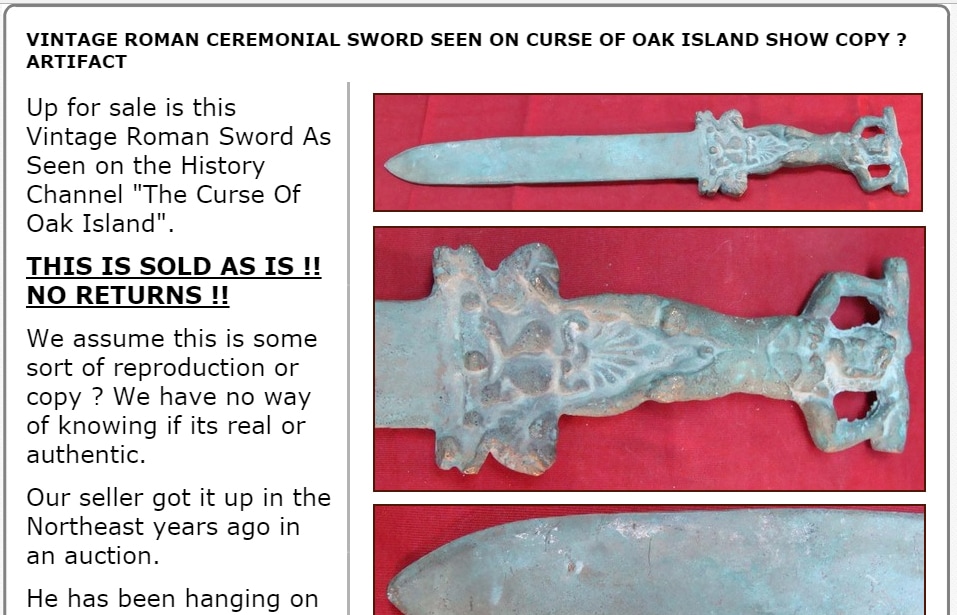

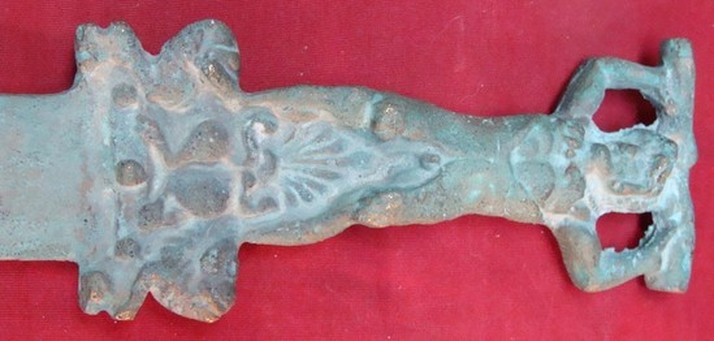

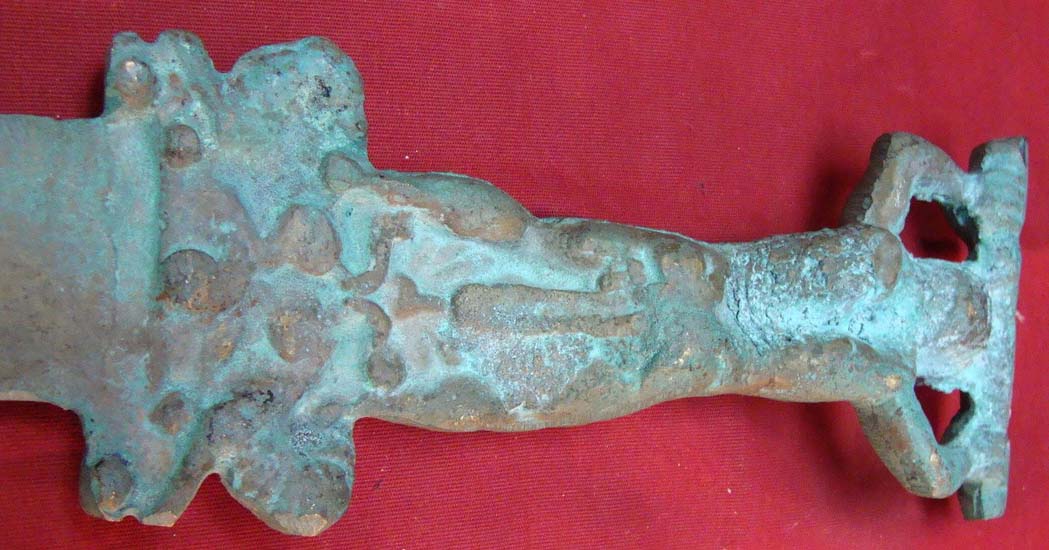
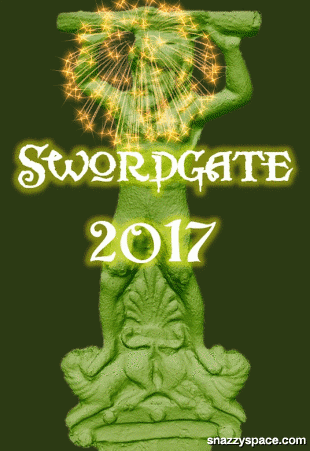


 RSS Feed
RSS Feed
